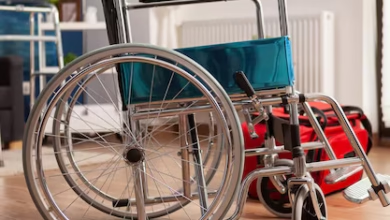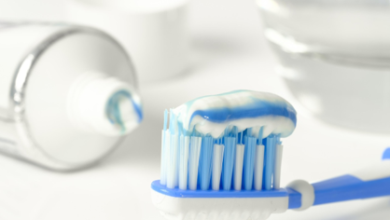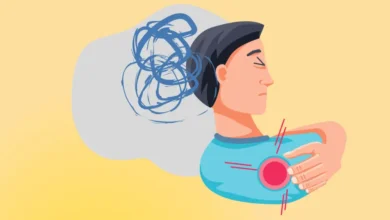Businessnewstips.com Guide on When Is It Time for Urinary Incontinence Treatment?
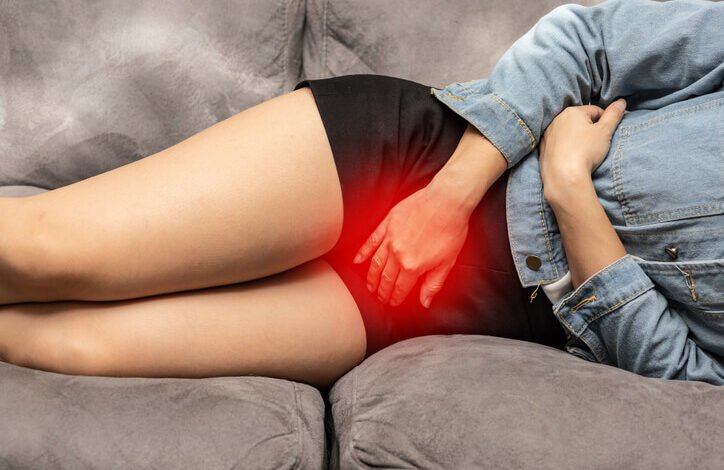
Urinary incontinence, commonly referred to as the involuntary leakage of urine, is a condition that can affect anyone, regardless of age, gender, or lifestyle. While it is a common condition, it is often not discussed openly due to embarrassment or stigma. However, urinary incontinence can significantly affect the quality of life, impacting social, emotional, and physical well-being. Understanding when it is time to seek treatment for urinary incontinence is crucial in managing the condition effectively and improving overall health.
This comprehensive guide by Businessnewstips.com aims to provide insight into urinary incontinence, its types, causes, and when it is time to seek treatment. By recognizing the signs early on and exploring available treatment options, individuals can regain control of their lives and address this often-overlooked condition.
What is Urinary Incontinence?
Urinary incontinence is the unintentional loss of urine. It occurs when the muscles that control urination (the bladder muscles) and the muscles that keep the urethra closed (sphincter muscles) are weakened, damaged, or fail to function properly. This leads to the involuntary release of urine, which can vary from small leaks to complete loss of bladder control.
There are several types of urinary incontinence, each with different symptoms, causes, and treatment options. The most common types include:
- Stress Incontinence: This occurs when physical activities like coughing, sneezing, laughing, or lifting put pressure on the bladder, causing urine leakage.
- Urge Incontinence: Often described as an overwhelming and sudden need to urinate, urge incontinence occurs when the bladder contracts involuntarily, leading to leakage.
- Overflow Incontinence: This happens when the bladder is not completely emptied, causing urine to leak continuously or in small amounts.
- Functional Incontinence: This occurs when physical or mental impairments prevent someone from getting to the bathroom in time, even if there is no bladder issue.
- Mixed Incontinence: A combination of stress and urge incontinence, where an individual experiences symptoms of both types.
Each type of urinary incontinence has distinct characteristics and requires specific management and treatment approaches. Recognizing the type of incontinence and understanding its underlying causes is key to determining the right course of action.
Understanding the Causes of Urinary Incontinence
Urinary incontinence can be caused by a variety of factors, ranging from lifestyle choices to underlying medical conditions. Some of the common causes of urinary incontinence include:
- Age: As individuals age, the bladder muscles may weaken, and the ability to control urination may decrease. Additionally, the pelvic floor muscles, which support the bladder, can weaken over time.
- Childbirth: Women who have given birth, especially those who have had vaginal deliveries, may experience pelvic floor muscle weakness, leading to stress incontinence.
- Prostate Problems: In men, an enlarged prostate or prostate surgery can cause urinary incontinence, particularly urge or overflow incontinence.
- Obesity: Excess weight can put additional pressure on the bladder and pelvic floor muscles, contributing to stress incontinence.
- Medications: Certain medications, such as diuretics, sedatives, or antidepressants, can cause or worsen urinary incontinence by affecting bladder function.
- Chronic Conditions: Conditions like diabetes, Parkinson’s disease, multiple sclerosis, and stroke can interfere with bladder control by affecting nerve function.
- Infections and Irritations: Urinary tract infections (UTIs), bladder infections, or irritants like caffeine or alcohol can cause temporary incontinence or exacerbate existing symptoms.
- Neurological Disorders: Disorders that affect the brain or spinal cord, such as spinal cord injury, Alzheimer’s disease, or stroke, can interfere with the communication between the brain and bladder muscles, leading to incontinence.
In many cases, urinary incontinence is a combination of several factors, and determining the root cause can be a complex process. This is why seeking a professional diagnosis is essential in order to choose the appropriate treatment.
When to Seek Treatment for Urinary Incontinence
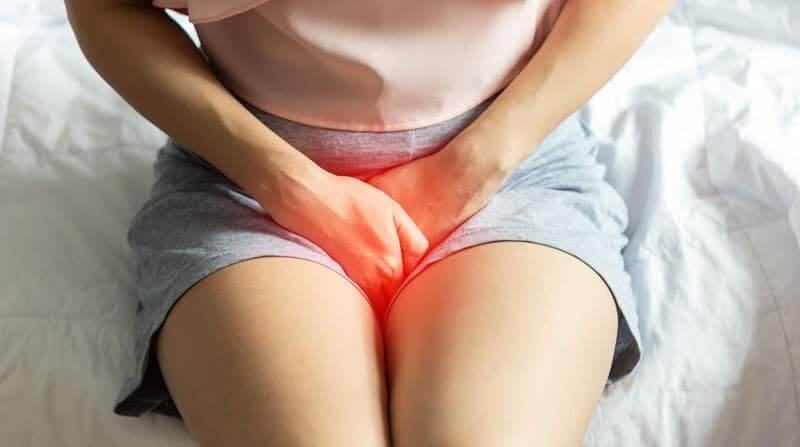
While urinary incontinence is common, it is not something that should be ignored or accepted as a normal part of aging or life. The decision to seek treatment often depends on the severity of symptoms and how much the condition is affecting a person’s daily life. However, there are some general signs that indicate it may be time to seek treatment for urinary incontinence:
1. Frequent or Uncontrolled Leaks
If you find yourself leaking urine more often than usual or experiencing accidents that you cannot control, it is time to seek treatment. Frequent leaks, whether during physical activity or without warning, are not normal and should be evaluated by a healthcare provider.
2. Difficulty Reaching the Bathroom in Time
If you often feel an urgent need to urinate but can’t make it to the bathroom in time, this may indicate urge incontinence. The sensation of needing to urinate urgently, followed by leakage, is a clear sign that medical intervention is necessary.
3. Impact on Quality of Life
If urinary incontinence is affecting your social life, work, or overall well-being, it is time to consider treatment. Embarrassment, anxiety, and avoiding social situations because of fear of leakage are common consequences of untreated urinary incontinence.
4. Nighttime Incontinence
Waking up multiple times during the night to urinate or experiencing nighttime leakage is abnormal. If nocturnal incontinence is disrupting your sleep, it is essential to seek treatment to address the underlying cause.
5. Inability to Control Urination During Physical Activity
If physical activities like laughing, sneezing, coughing, or exercising lead to involuntary urine leakage, this is a sign of stress incontinence. If these symptoms become frequent or bothersome, treatment options should be explored.
6. Pain or Discomfort When Urinating
Experiencing pain, burning, or discomfort when urinating may indicate an underlying infection, such as a urinary tract infection (UTI) or bladder condition. These symptoms should not be ignored and should prompt a visit to a healthcare provider.
7. Changes in Urinary Habits
Changes in the frequency of urination, such as needing to go more often or having difficulty urinating, may indicate a problem with bladder function. If these changes are persistent, it is time to seek medical advice.
Available Treatment Options for Urinary Incontinence
Once a diagnosis has been made, there are several treatment options available for managing urinary incontinence. The choice of treatment will depend on the type and severity of the condition, as well as individual preferences and overall health.
1. Lifestyle Modifications
For many individuals, making simple lifestyle changes can significantly reduce the severity of urinary incontinence. These may include:
- Weight Loss: Reducing excess weight can alleviate pressure on the bladder and pelvic floor muscles, improving symptoms of stress incontinence.
- Fluid Management: Monitoring fluid intake, avoiding excessive caffeine and alcohol, and reducing fluid intake before bed can help manage urinary frequency and urgency.
- Pelvic Floor Exercises: Kegel exercises are designed to strengthen the pelvic floor muscles, which can improve bladder control and reduce symptoms of stress and urge incontinence.
2. Medications
Medications can be prescribed to treat certain types of urinary incontinence. These medications include:
- Anticholinergics: Used to treat urge incontinence, these medications help relax the bladder muscles and reduce the urgency and frequency of urination.
- Alpha-blockers: These medications are commonly used for overflow incontinence caused by an enlarged prostate in men, helping to relax the muscles around the bladder and improve urine flow.
- Topical Estrogen: In postmenopausal women, vaginal estrogen creams, rings, or tablets may help improve bladder control by strengthening the tissues in the urinary tract.
3. Behavioral Therapies
In some cases, behavioral therapies can help manage urinary incontinence. These therapies include:
- Bladder Training: This involves gradually increasing the time between bathroom visits to train the bladder to hold more urine.
- Scheduled Voiding: This technique involves urinating at regular intervals to prevent accidents and improve bladder control.
4. Surgical Options
In severe cases, when other treatments have not been effective, surgery may be considered. Surgical options for urinary incontinence include:
- Sling Procedures: A sling made of synthetic material or the patient’s tissue is used to support the bladder and urethra, preventing leakage during physical activities.
- Bladder Neck Suspension: This surgery involves lifting the bladder and urethra to improve their support and reduce leakage.
- Prostate Surgery: For men with prostate-related urinary incontinence, surgery may be necessary to address an enlarged prostate or other prostate issues.
5. Absorbent Products and Devices
In addition to medical treatments, absorbent products such as adult diapers, pads, and liners can help manage urinary incontinence on a temporary basis. There are also devices like pessaries (for women) and external catheters (for men) that can help manage symptoms and improve comfort.
Conclusion
Urinary incontinence is a condition that can affect individuals of all ages and backgrounds, and it is crucial to recognize the signs and seek treatment when needed. Whether through lifestyle changes, medications, or surgical interventions, there are numerous ways to manage and treat urinary incontinence. By consulting with healthcare providers and taking proactive steps, individuals can regain control over their bladder and significantly improve their quality of life.
If you are experiencing symptoms of urinary incontinence or if your current management strategies are no longer effective, don’t hesitate to seek professional advice. Early intervention is key to successfully managing the condition and preventing it from interfering with your daily activities.

